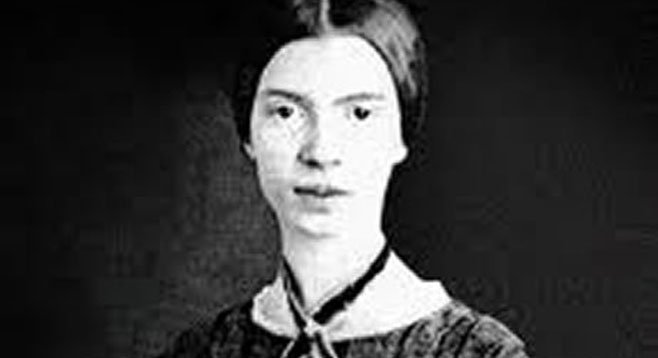 Facebook
Facebook
 X
X
 Instagram
Instagram
 TikTok
TikTok
 Youtube
Youtube

Emily Dickinson (1830–1886) was born into a distinguished Amherst, Massachusetts, family: Her grandfather was a founder of Amherst College and her father a distinguished attorney and U.S. congressman. A brilliant student, Emily Dickinson entered Mt. Holyoke Female Seminary when she was 17 but withdrew within the first year, possibly because of poor health but possibly also because her refusal to sign an oath professing her Christian faith marked her as an apostate and made life at the seminary uncomfortable. In 1862, Dickinson submitted some of her poetry to the Atlantic Monthly and began corresponding with its editor, Thomas Wentworth Higginson, who admired her work but wished her to revise it so that it was more conventional, which Dickinson refused to do. She published only a few of her poems during her lifetime. Far less Romantic in language and tone and far more modern in sensibility and phrasing than the poetry of other 19th-century American poets, hers is clearly the work of a poetic talent of the highest caliber. “Snake” is believed to have been composed in 1865. The existing manuscript version, to be found in the Belknap Press edition of The Manuscript Books of Emily Dickinson, reads “boy” instead of “child” in line eleven. The version of the poem printed here is in the public domain.


Emily Dickinson (1830–1886) was born into a distinguished Amherst, Massachusetts, family: Her grandfather was a founder of Amherst College and her father a distinguished attorney and U.S. congressman. A brilliant student, Emily Dickinson entered Mt. Holyoke Female Seminary when she was 17 but withdrew within the first year, possibly because of poor health but possibly also because her refusal to sign an oath professing her Christian faith marked her as an apostate and made life at the seminary uncomfortable. In 1862, Dickinson submitted some of her poetry to the Atlantic Monthly and began corresponding with its editor, Thomas Wentworth Higginson, who admired her work but wished her to revise it so that it was more conventional, which Dickinson refused to do. She published only a few of her poems during her lifetime. Far less Romantic in language and tone and far more modern in sensibility and phrasing than the poetry of other 19th-century American poets, hers is clearly the work of a poetic talent of the highest caliber. “Snake” is believed to have been composed in 1865. The existing manuscript version, to be found in the Belknap Press edition of The Manuscript Books of Emily Dickinson, reads “boy” instead of “child” in line eleven. The version of the poem printed here is in the public domain.
Comments